Traffic Sign Post
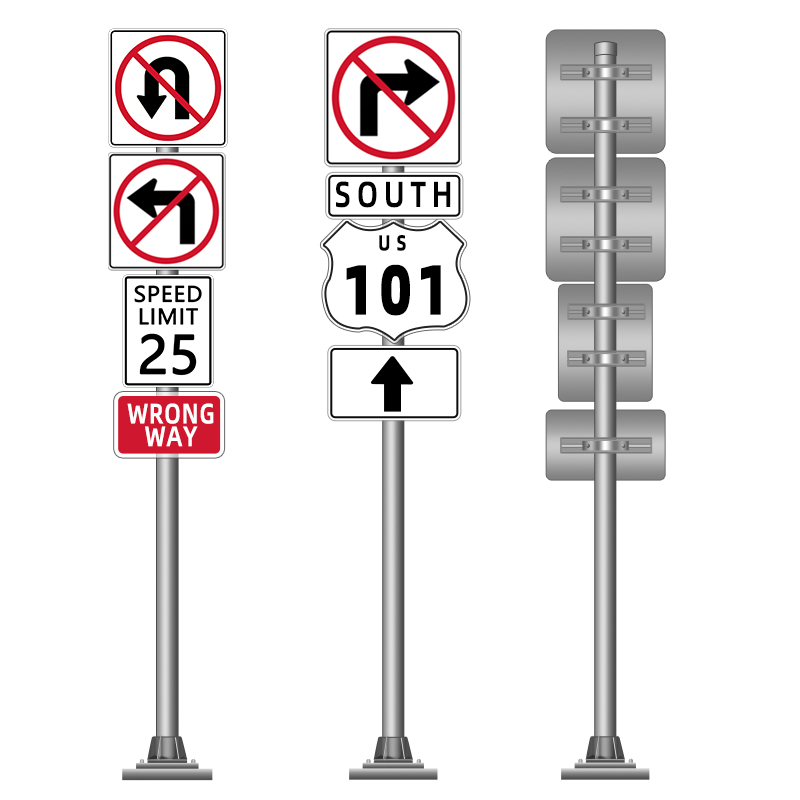
Round sign posts are popular for traffic signs because they are relatively inexpensive, easy to install, and durable. They are commonly used in road infrastructure for mounting regulatory, warning, and informational signs. The signs are attached to the post at a specific height and orientation, ensuring visibility for drivers and pedestrians.
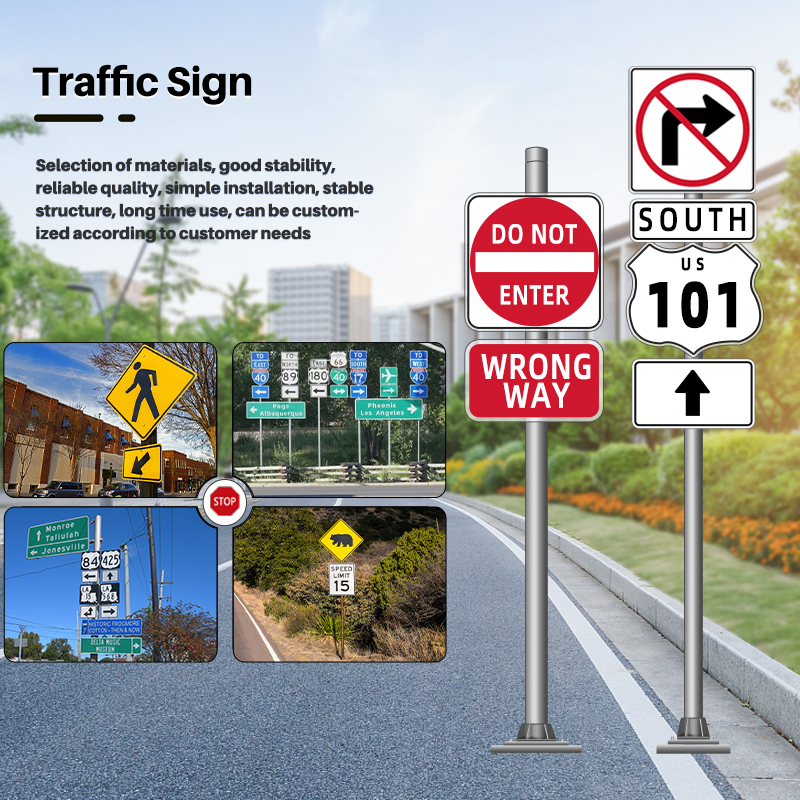

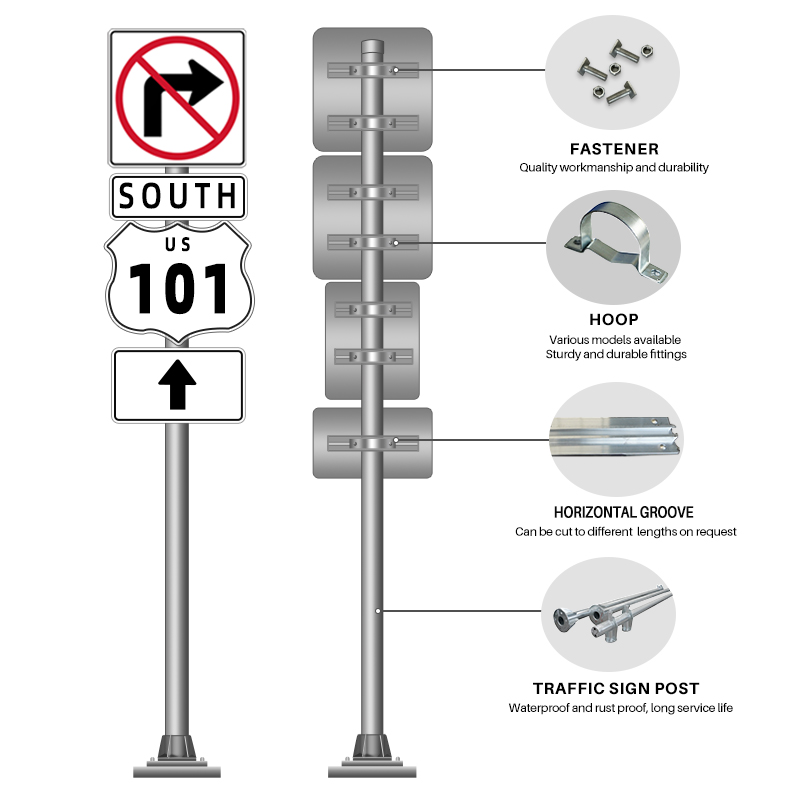
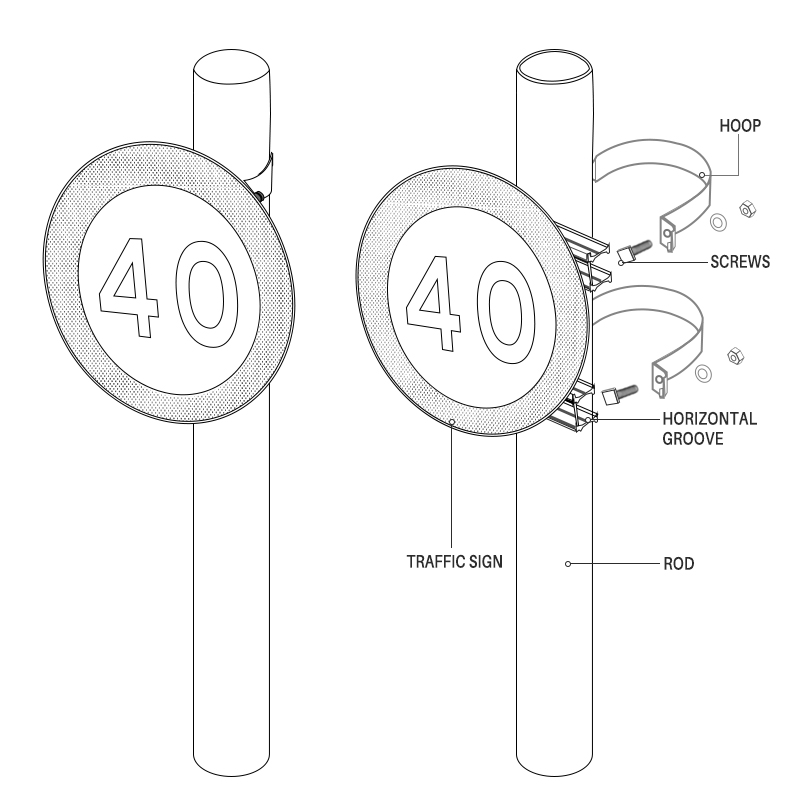
Singleside-arm cantilever signposts are a support structure used for mounting traffic signs, and it has a distinctive design with a single horizontal arm extending from a central post. Unlike the double-side-arm cantilever sign post, which has two arms supporting signs on both sides of the road, the single-side-arm version supports signs on only one side.

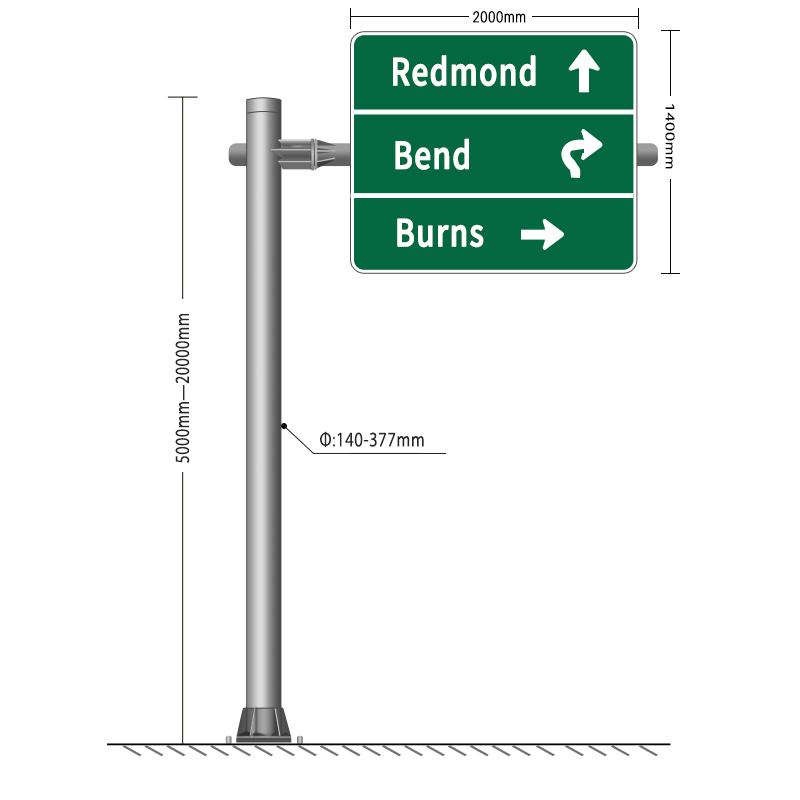



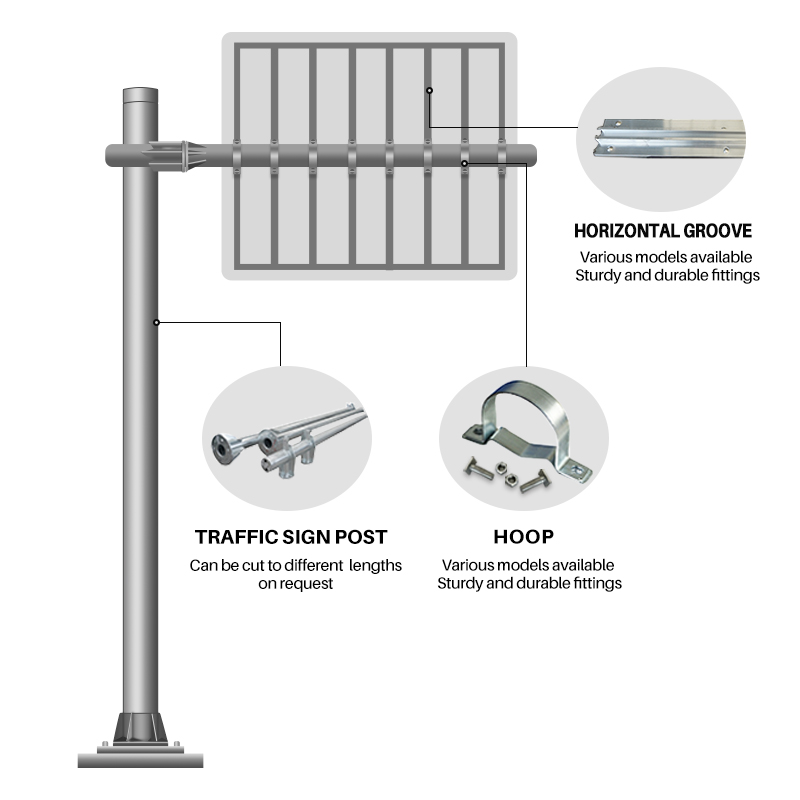
Doubleside-arm cantilever signposts are a type of cantilever traffic signpost that has two arms that project out from the support structure to support two traffic signs, one on each side of the post. They are typically used to support larger or heavier traffic signs, such as overhead signs on highways and freeways. They can also be used to support traffic signs at intersections and other locations.

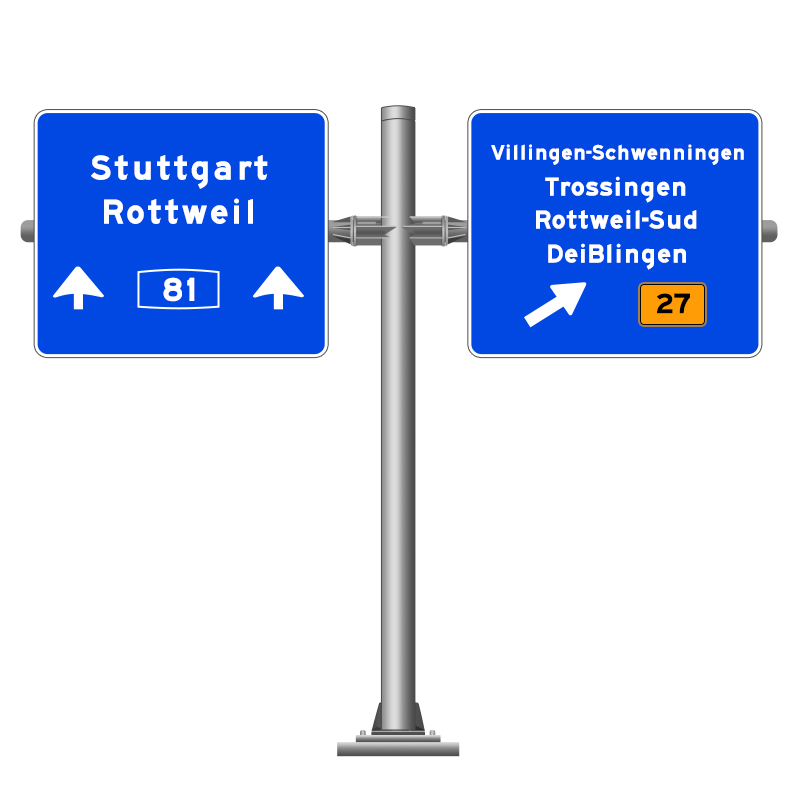




A1: A traffic sign-post is designed to support and display essential information through attached road signs, ensuring clear communication with road users for safety and navigation.
A2: The round shape of sign-posts offers strength and stability. It helps distribute loads evenly and provides resistance against environmental factors, making it versatile for supporting various types of signs.
A3: A single-side-arm cantilever sign-post has one horizontal arm extending from the main post, allowing for the display of a sign on one side. This design is often used when visibility from a specific direction is crucial.
A4: Double-side-arm cantilever sign-posts are employed in areas where visibility is important from two different directions, such as at intersections or along roads with split paths. They allow for the display of signs on both sides for maximum visibility.
A5: Round sign-posts are typically installed vertically into the ground through direct burial or by using a base or anchor. Proper installation ensures stability and longevity.
A6: Single-side-arm cantilever sign-posts provide unobstructed visibility from a specific direction, making them suitable for targeted communication.
A7: Yes, round sign-posts are versatile and can mount different signs, including regulatory, warning, and informational.
A8: Round sign-posts, often made of materials like galvanized steel or aluminum, are resistant to rust and corrosion, making them durable and suitable for outdoor use in various weather conditions.
A9: Transportation authorities typically provide guidelines on the proper spacing and placement of traffic sign-posts to ensure optimal visibility and effectiveness in communicating information to road users.